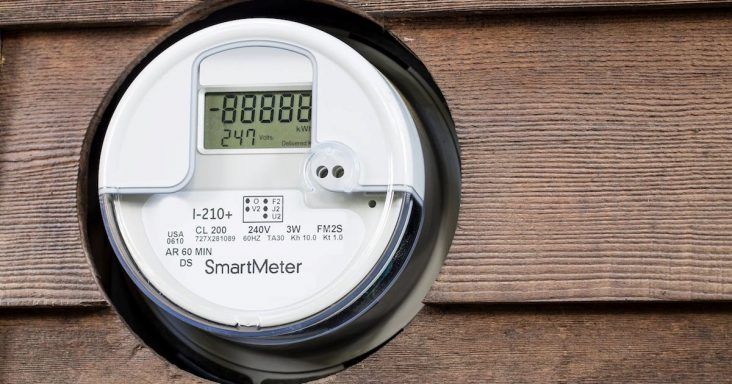Smart meter usage rises to 47% of U.S. electricity customers
by December 6, 2017 2:05 pm 594 views

Between 2010 and 2016, the use of smart meters by U.S. electricity customers more than doubled to 71 million customers, or 47% of the 150 million electricity customers in the United States, according to the U.S. Energy Information Administration.
“Smart meters have two-way communication capability between electric utilities and customers,” according to the EIA. Before 2013, one-way, meter-to-utility communication, or automated meter reading, was more common. Since then, installations of smart meters have become more prevalent.
Smart meters “allow utilities and customers to interact to support smart consumption applications using real-time or near real-time electricity data,” according to the EIA. “Smart meters can support demand response and distributed generation, improve reliability and provide information that consumers can use to save money by managing their use of electricity.” In the event of a service disruption, utilities use smart meter data to help them restore service to customers more quickly and decrease the length of an outage.
In Arkansas, between 21% and 40% of residential electricity customers have smart meters. In Washington D.C., 97% of the customers have smart meters, followed by 96% in Nevada. More than 80% of the customers had smart meters in Maine, Georgia, Michigan, Oklahoma, California and Vermont. In 2016, Texas installed 200,000 smart meters, the most of any state.
“Many residential customers may not be aware that they have a smart meter,” according to the EIA. In 2015, when 44% of electricity customers had a smart meter, 22% of households reported they had a smart meter, 49% reported they didn’t have one and 29% didn’t know if they had one, according to the EIA’s Residential Energy Consumption Survey. “Only 8% of households reported being aware that they had access to hourly or daily data, and just 4% said they had accessed or viewed that data.”
